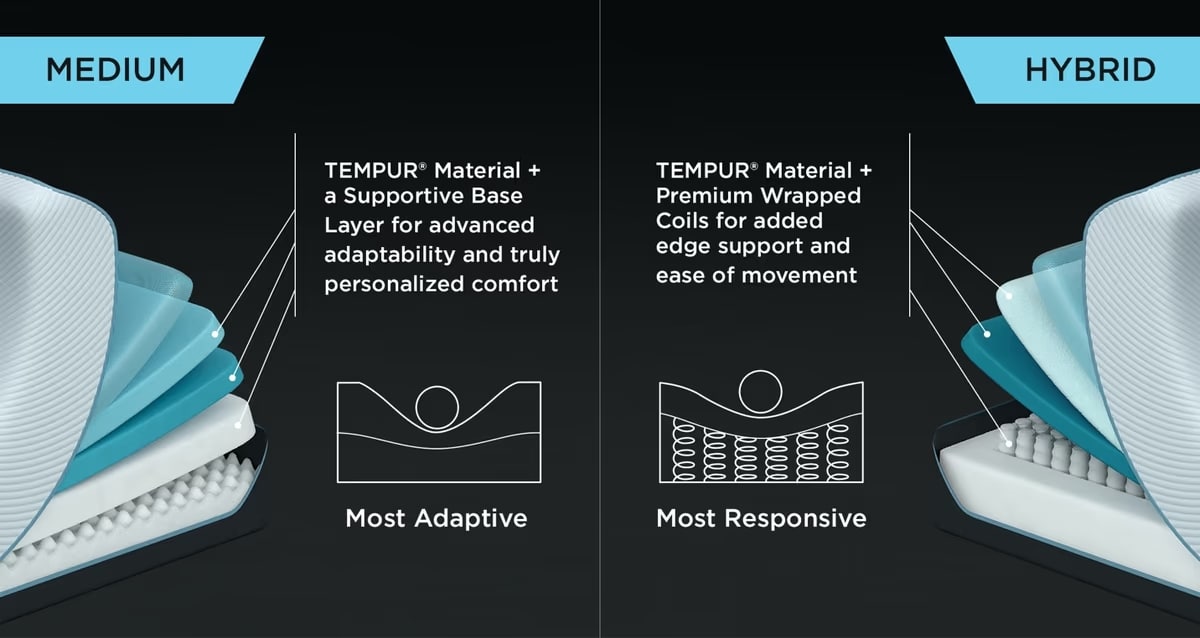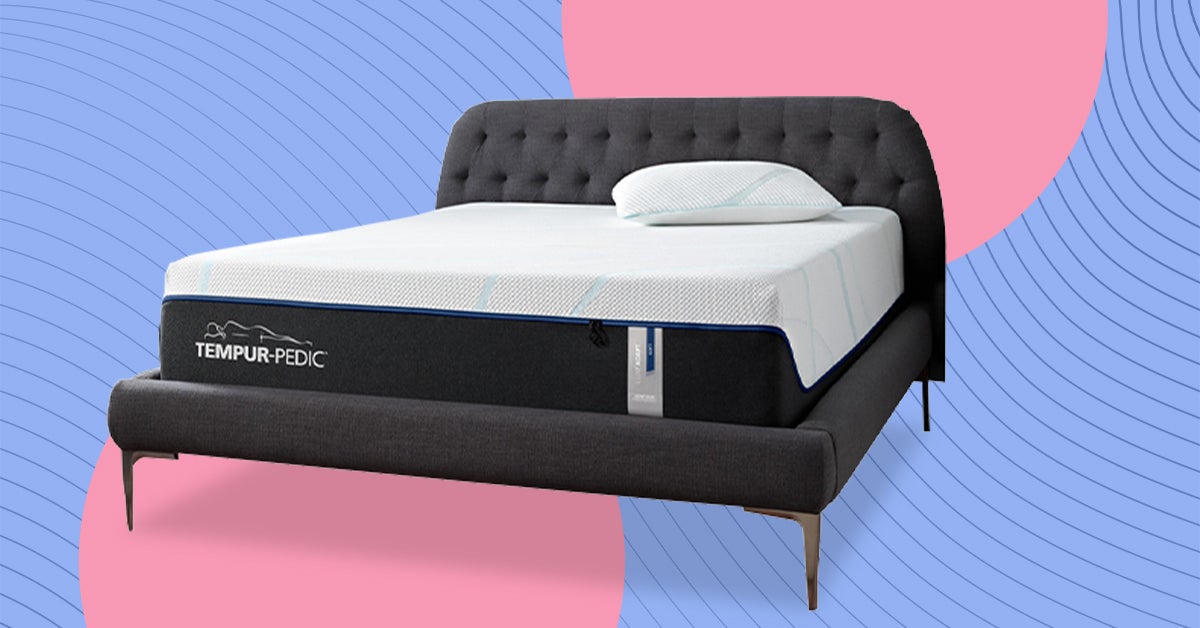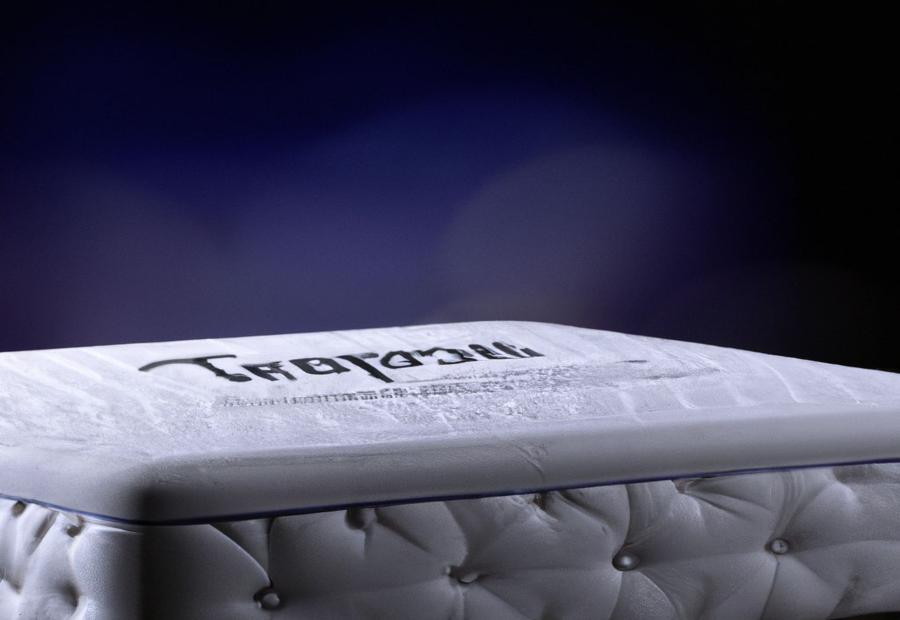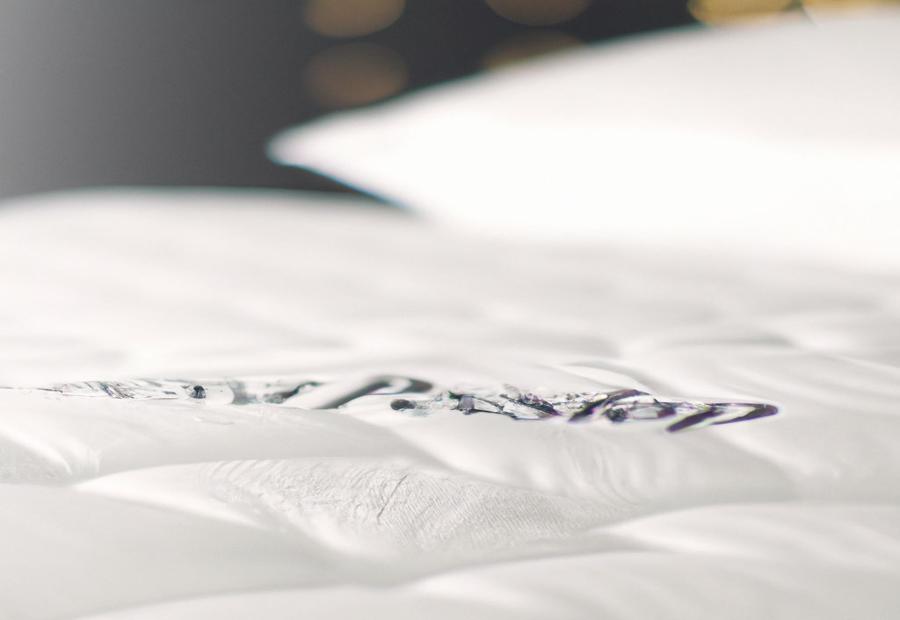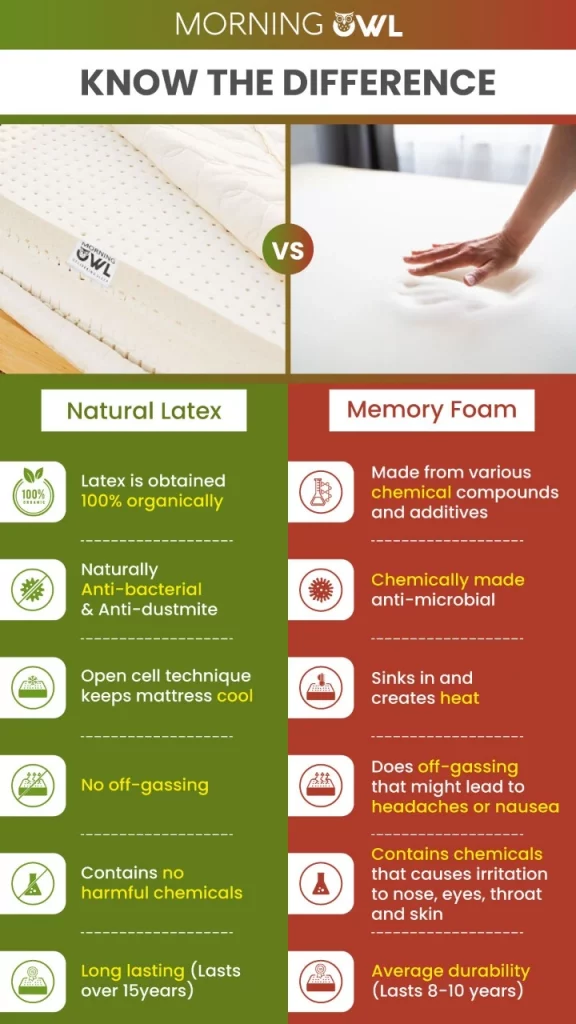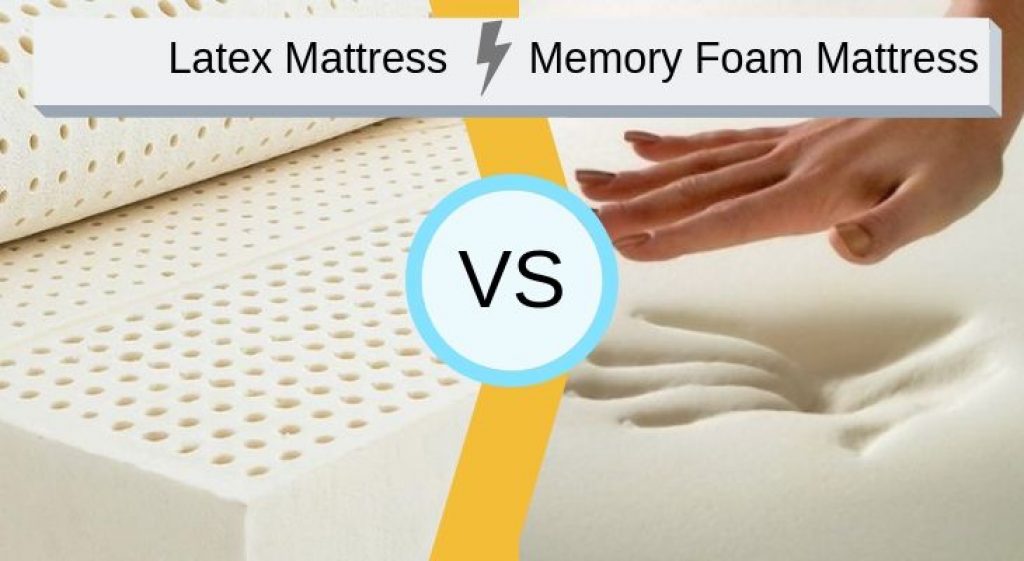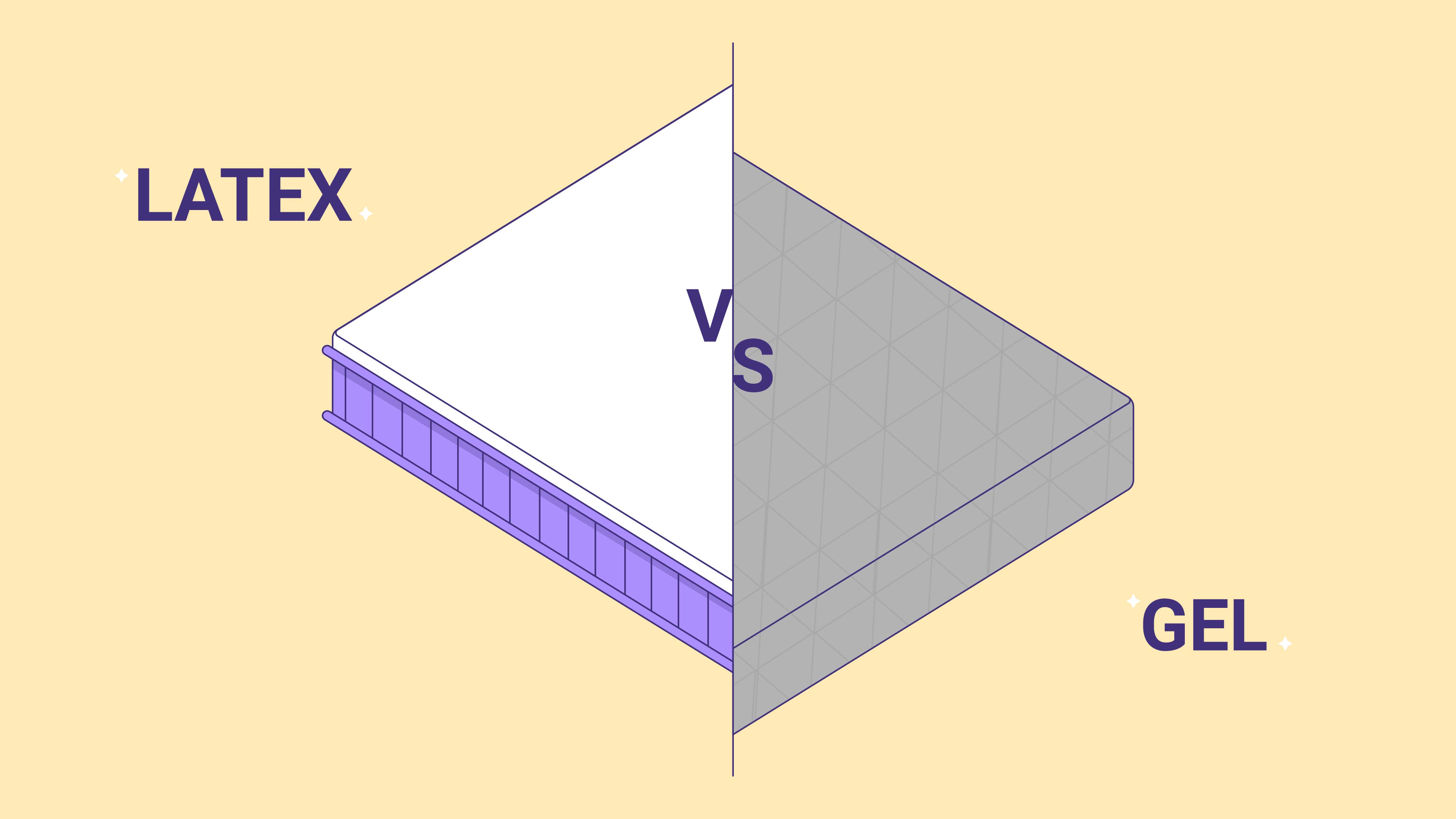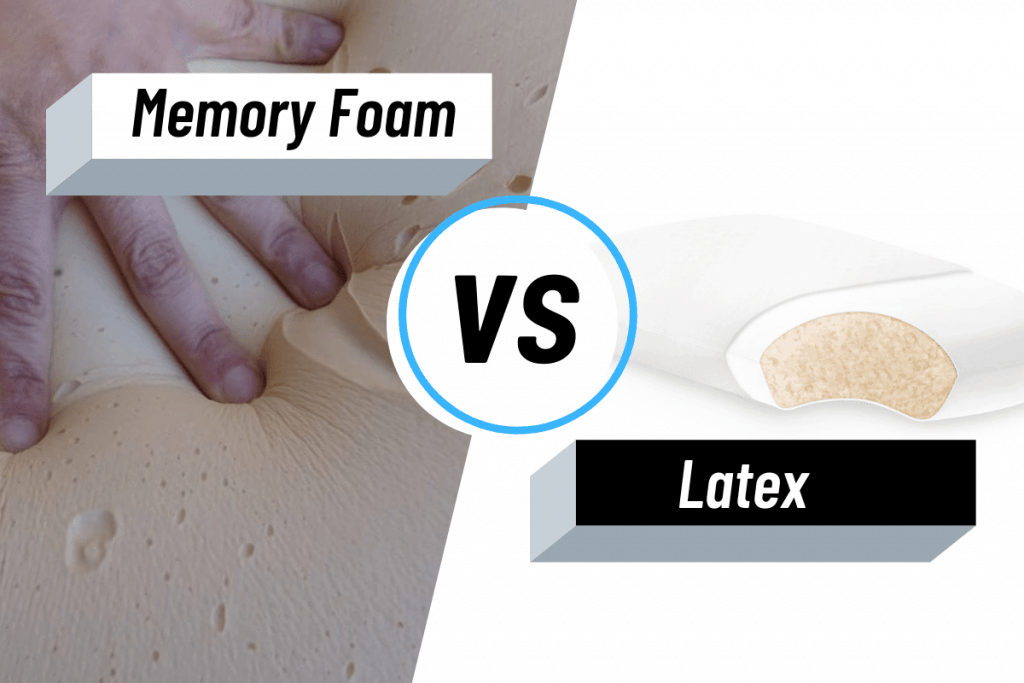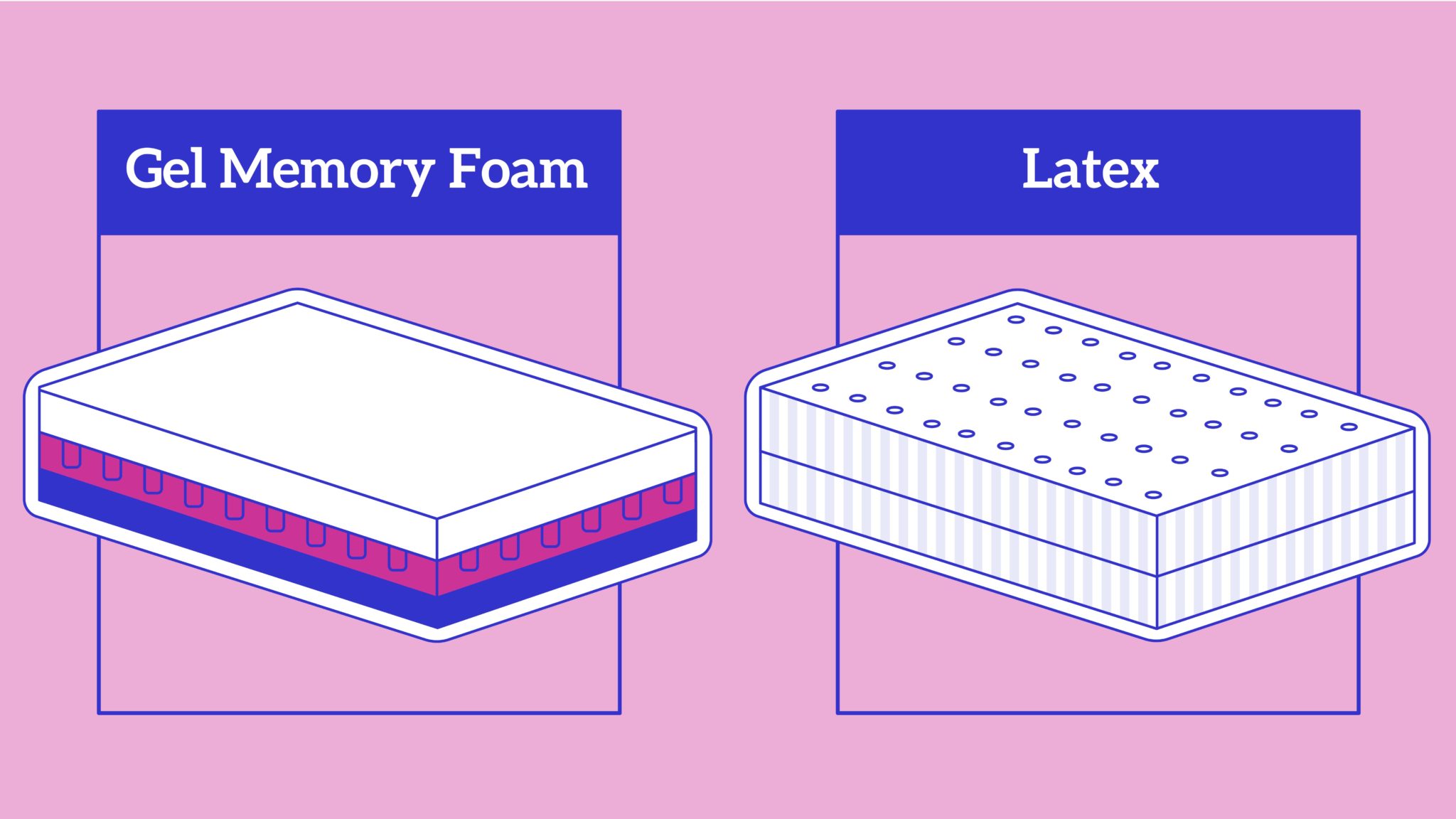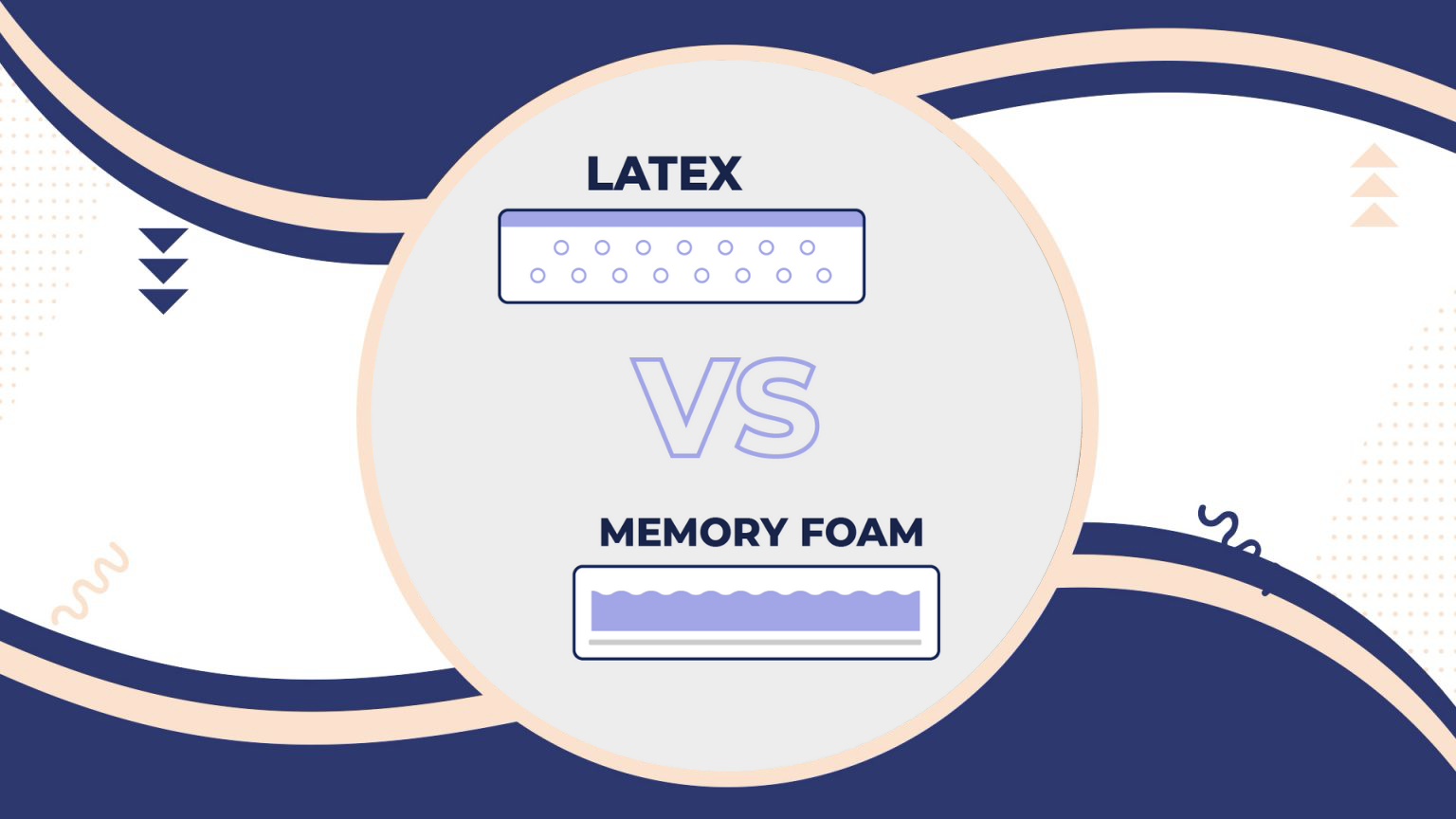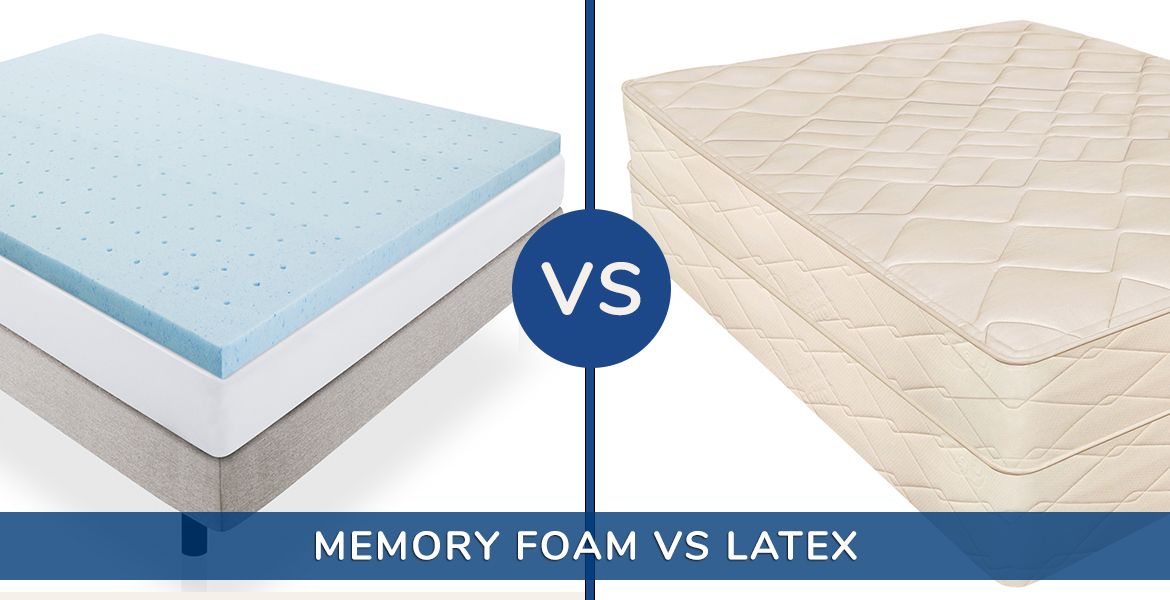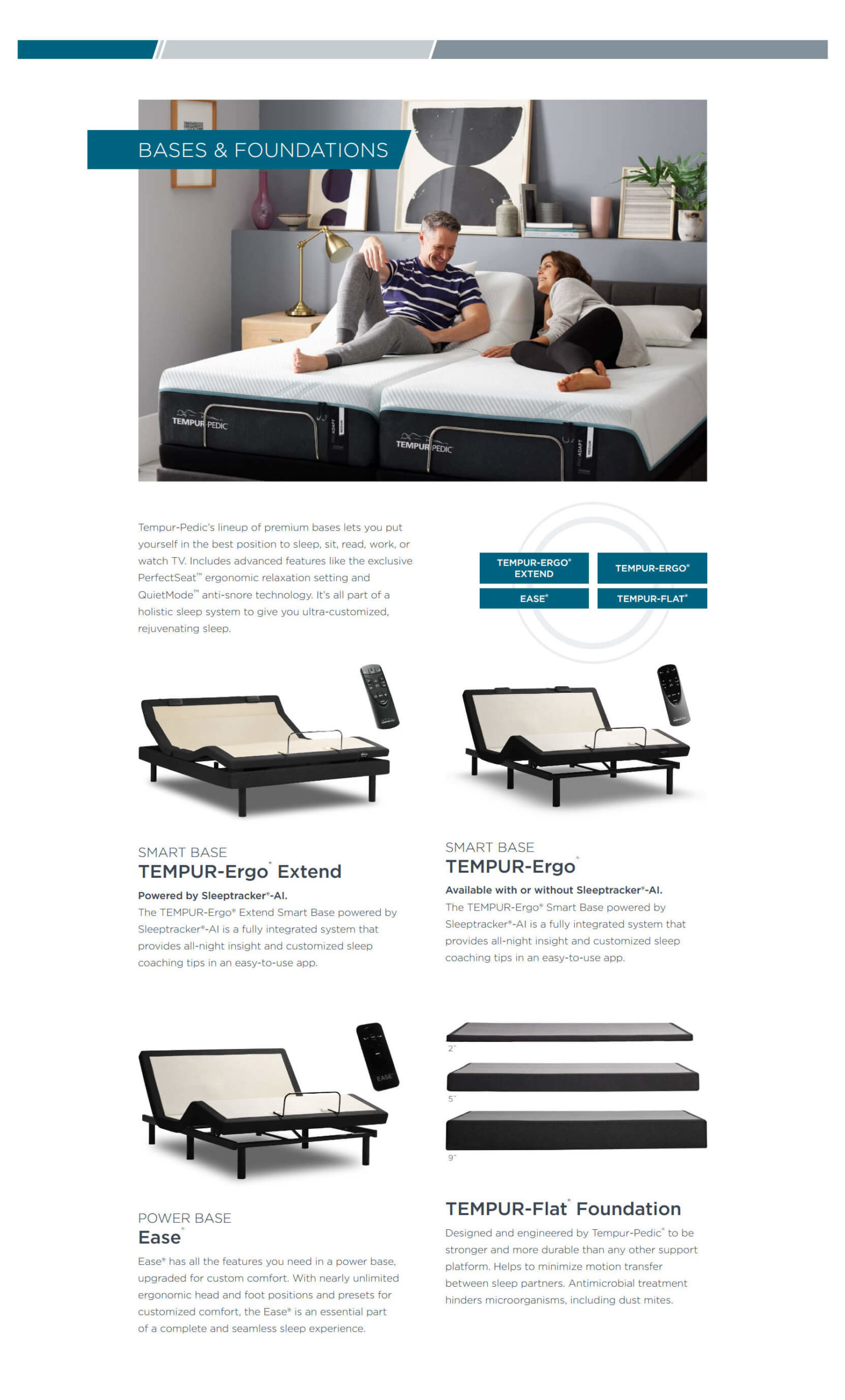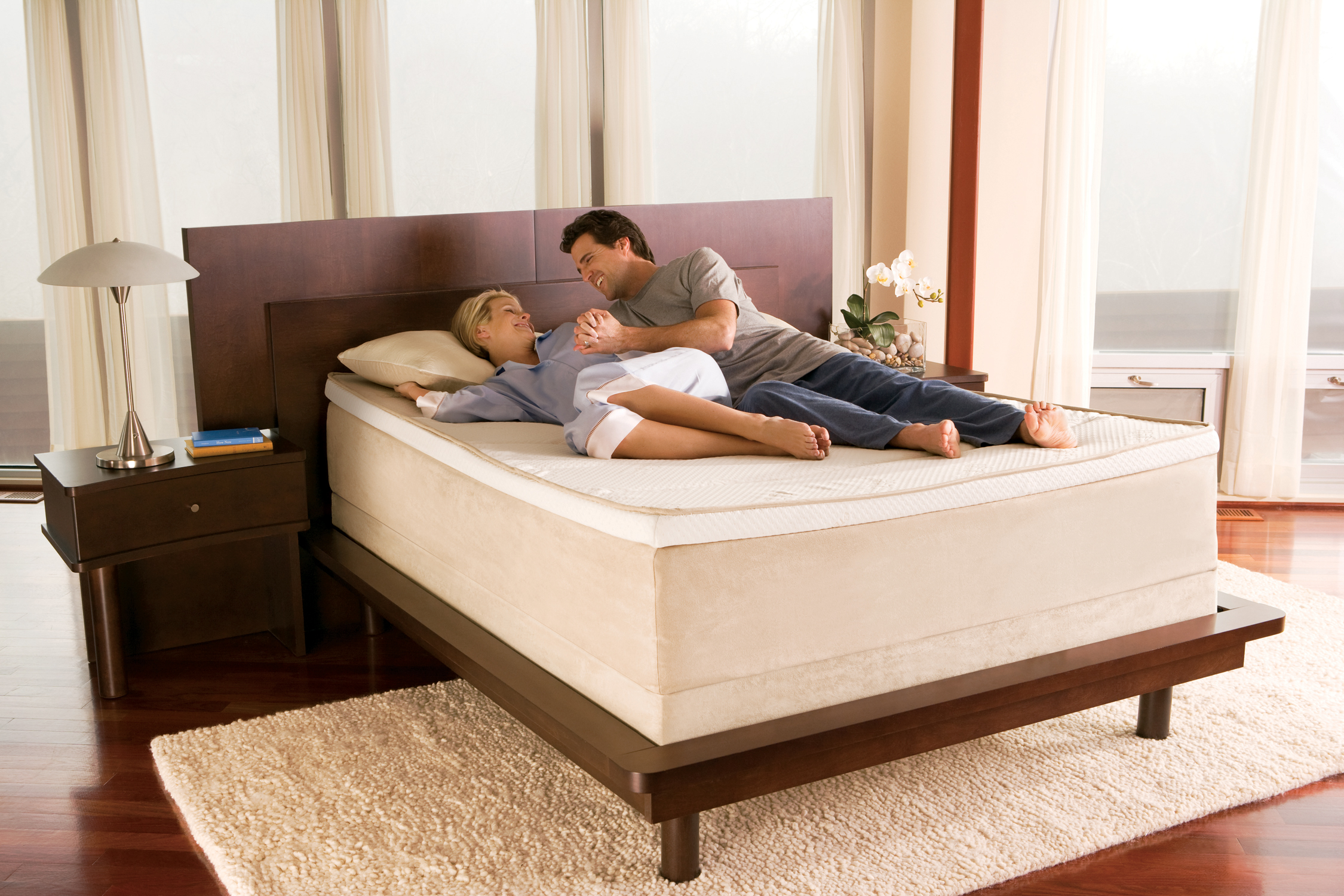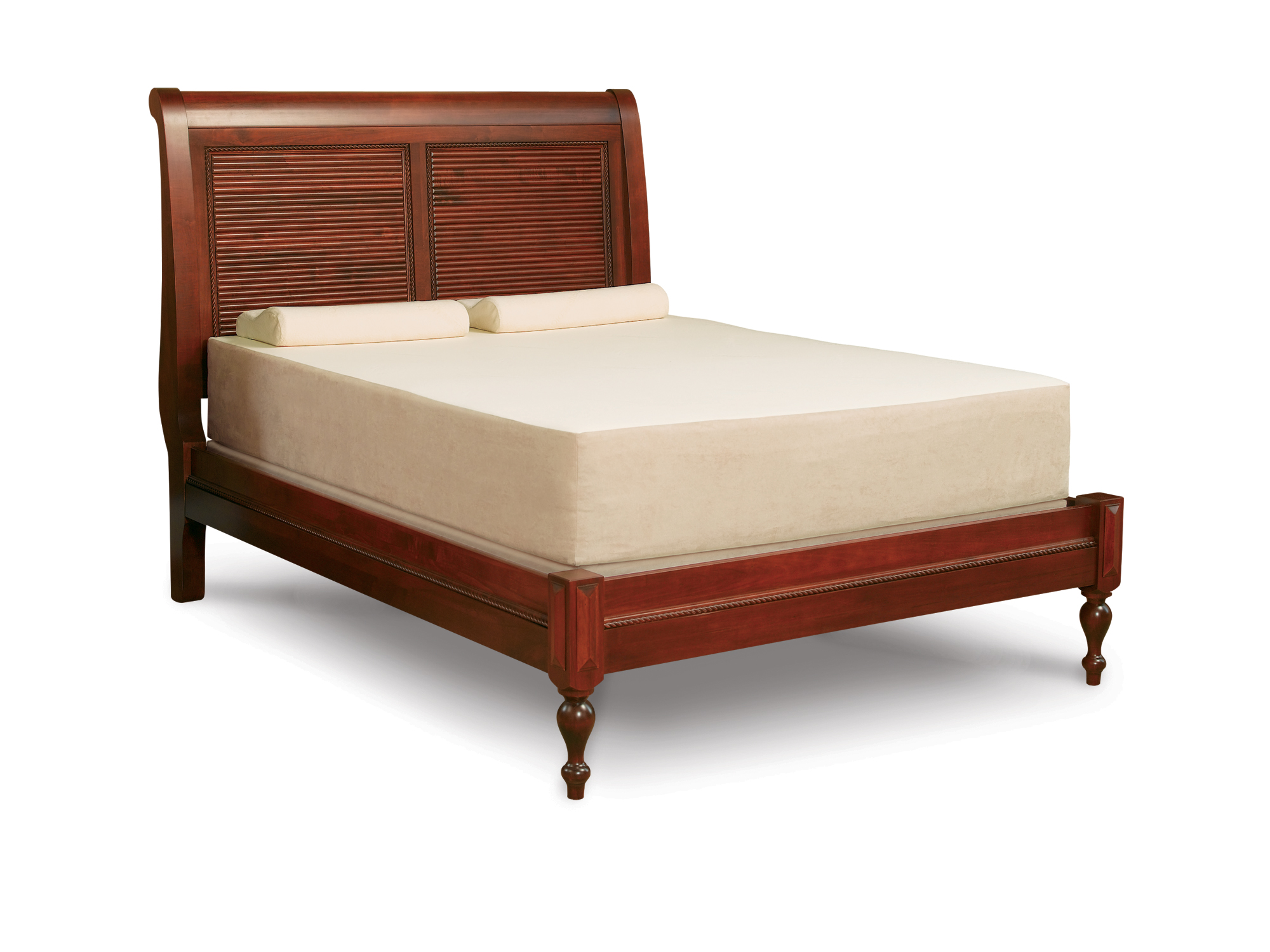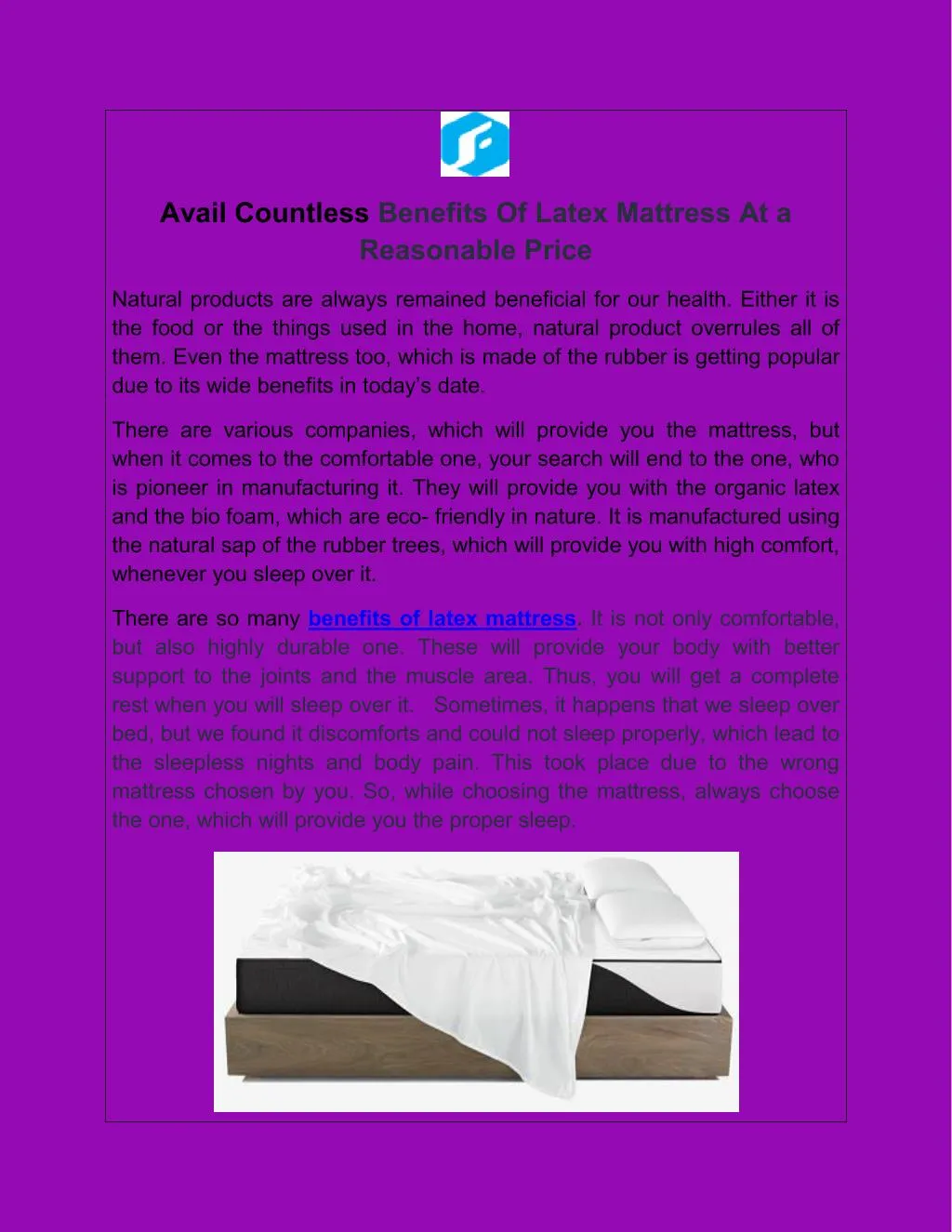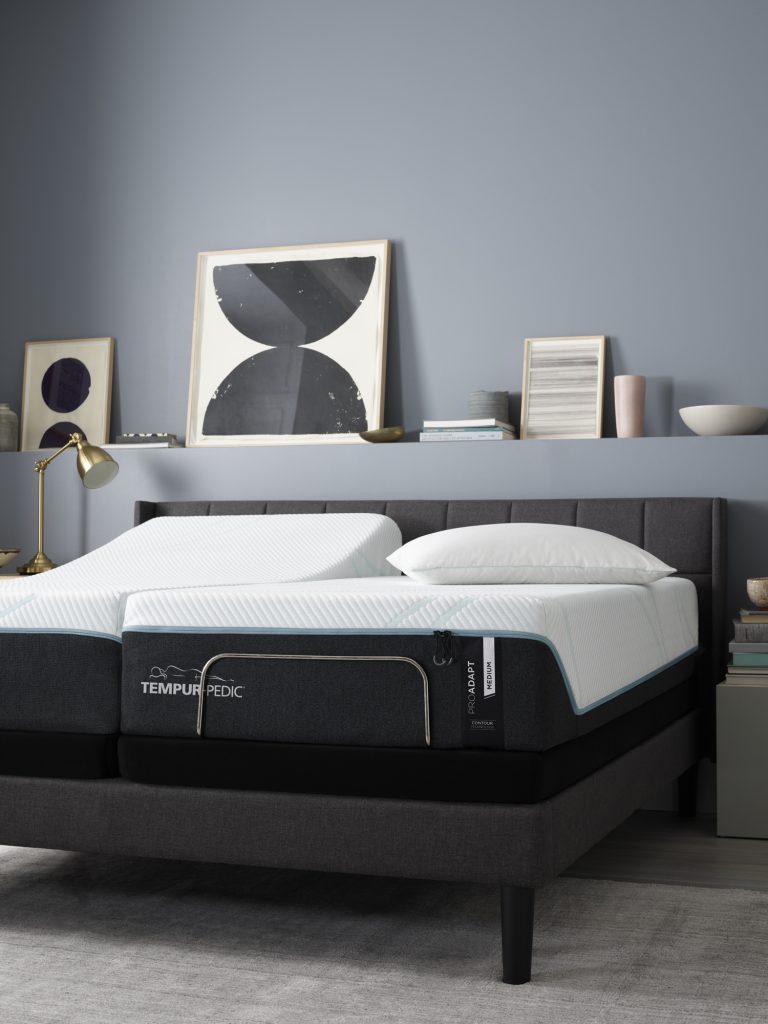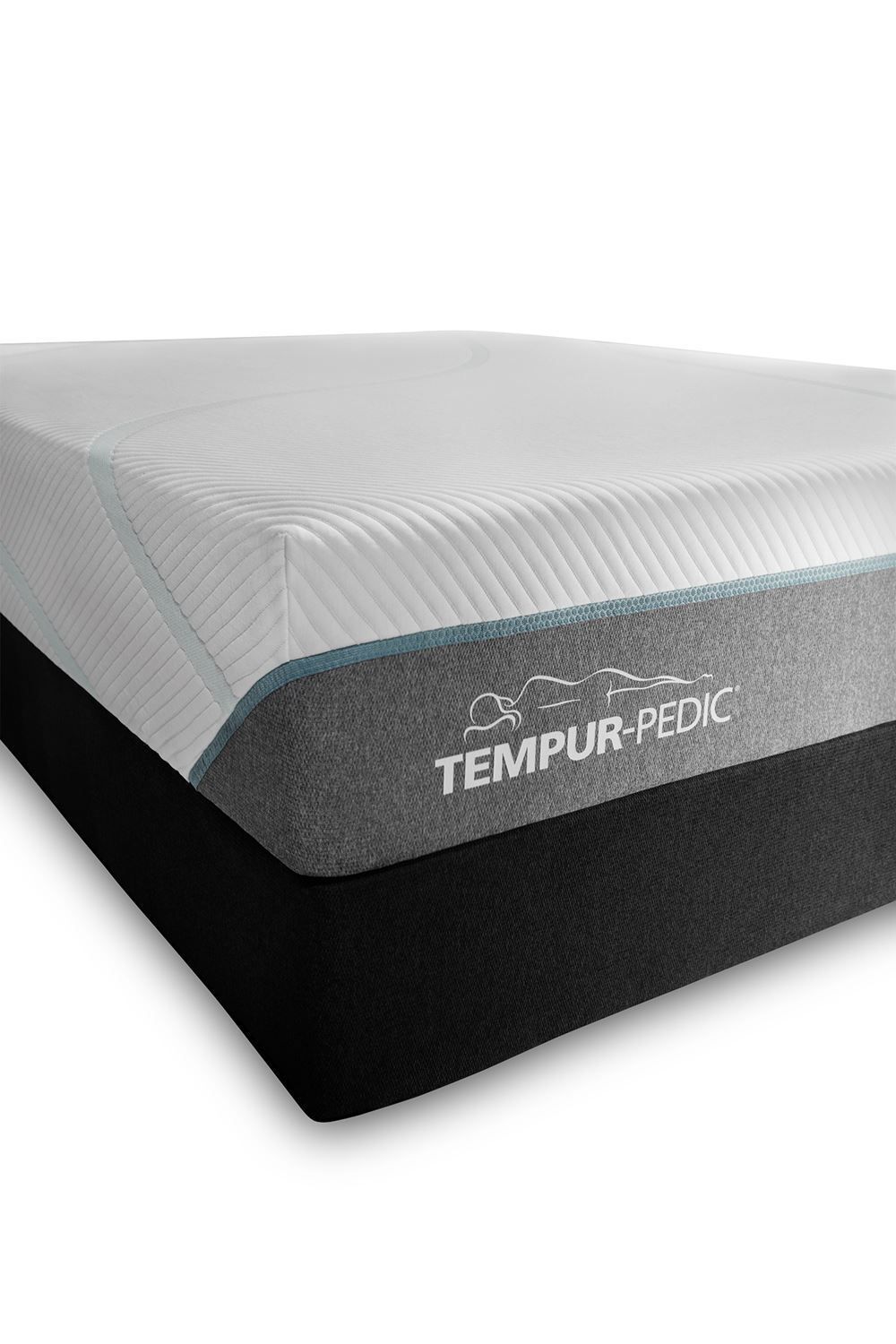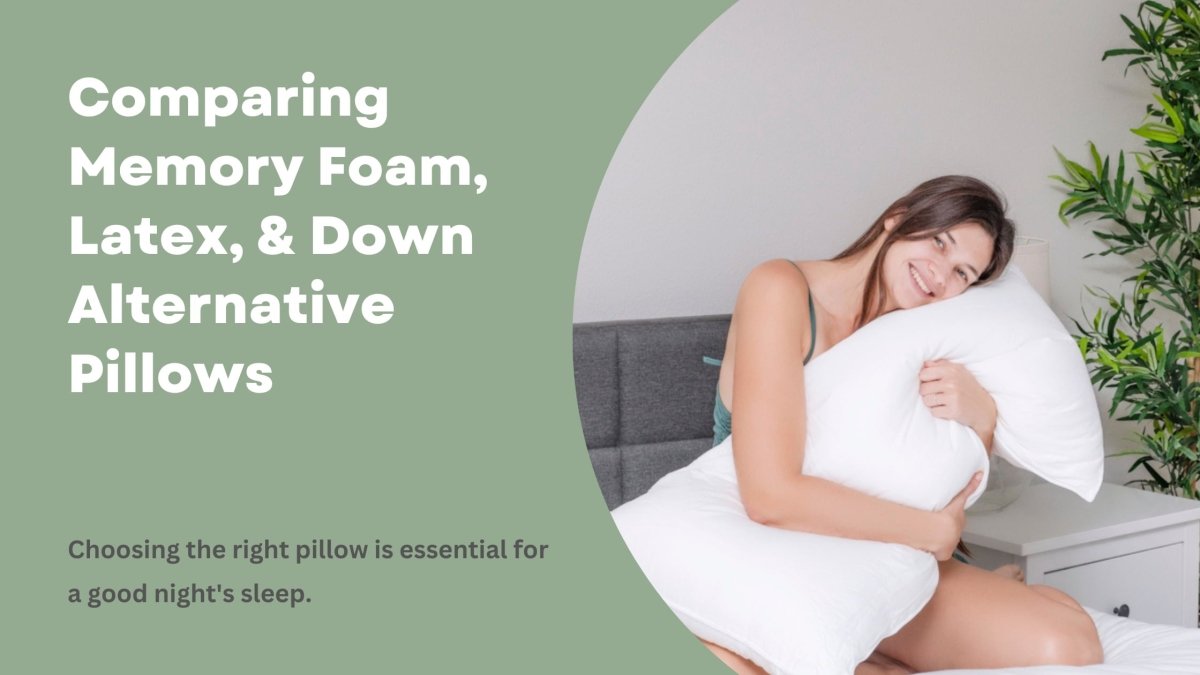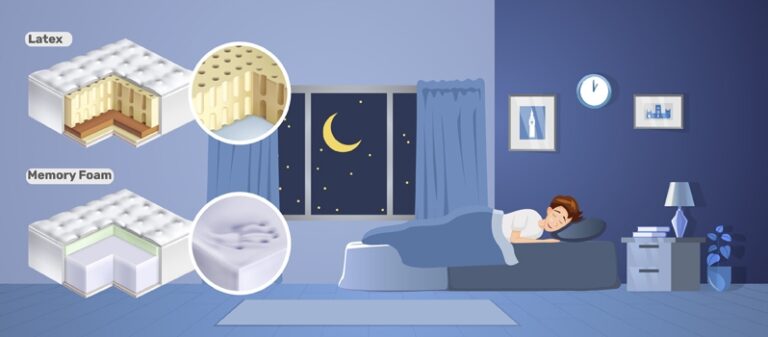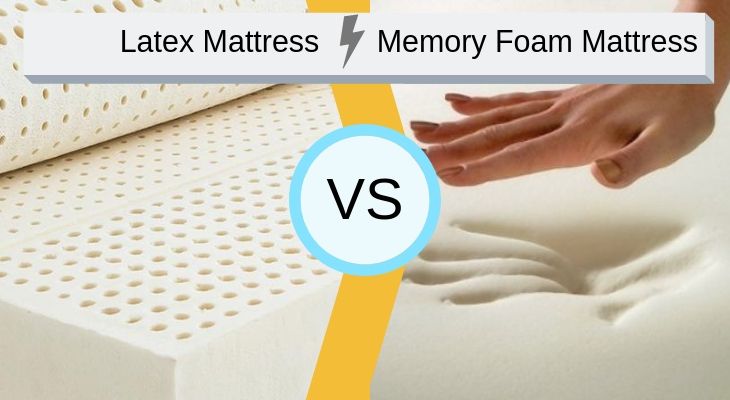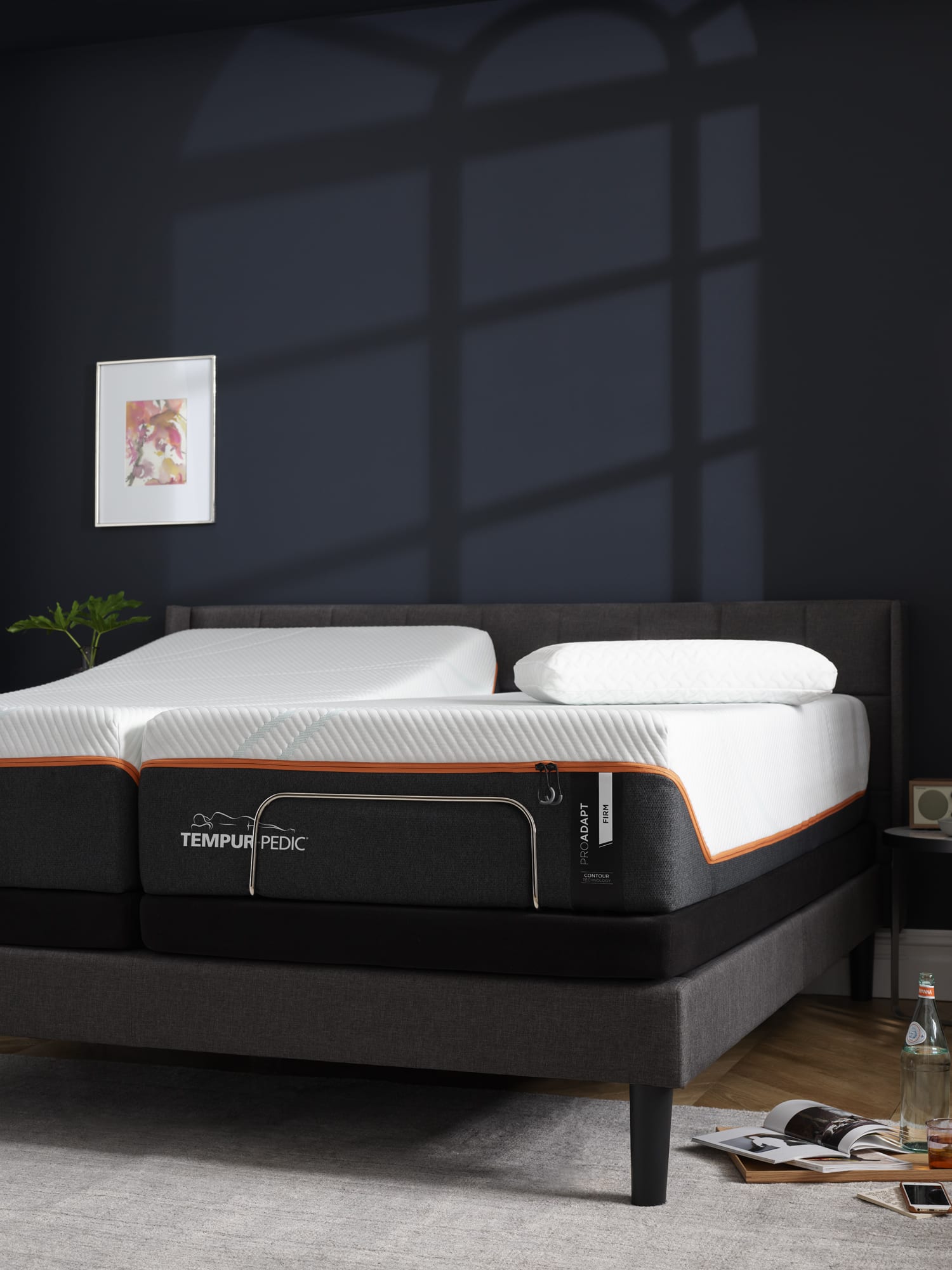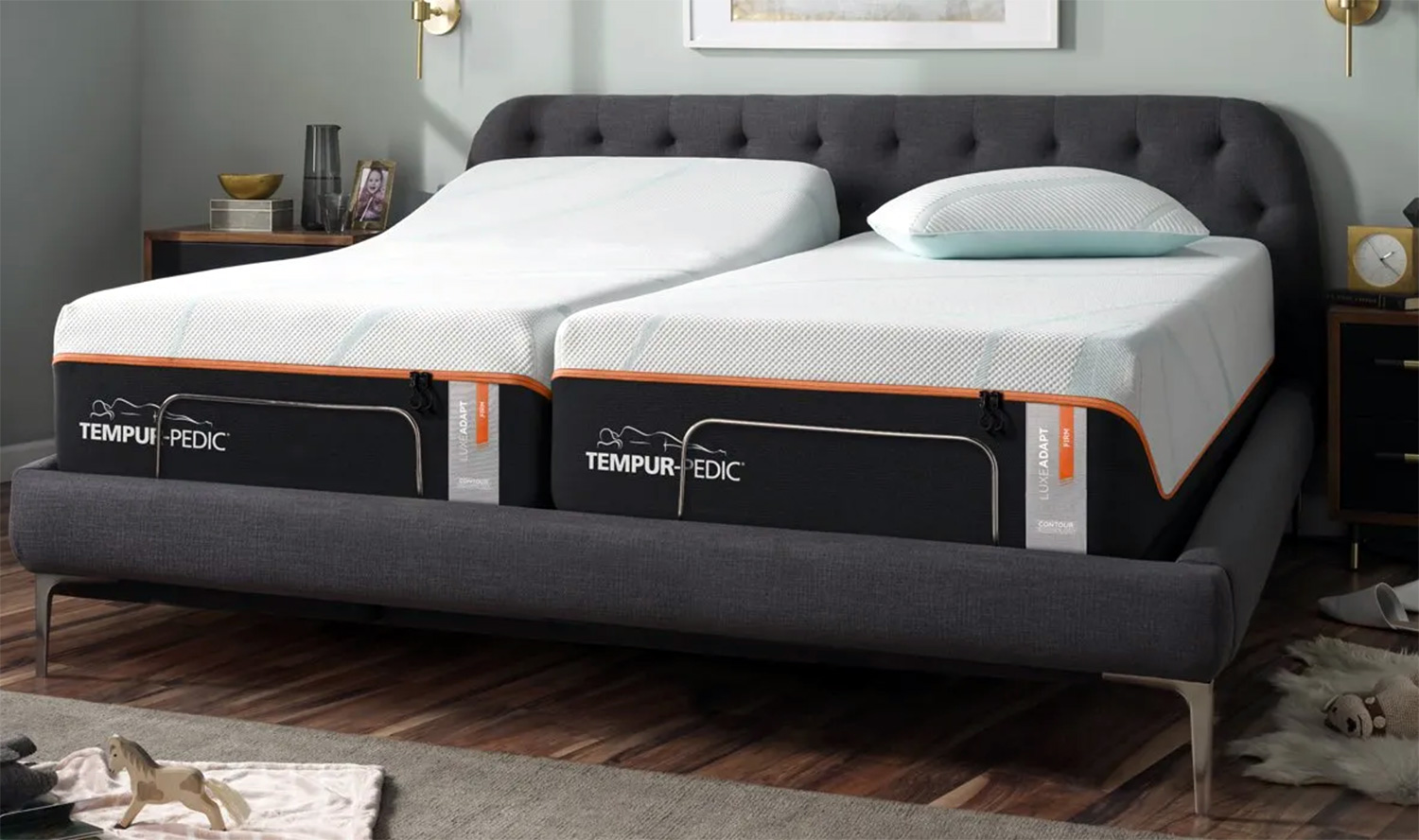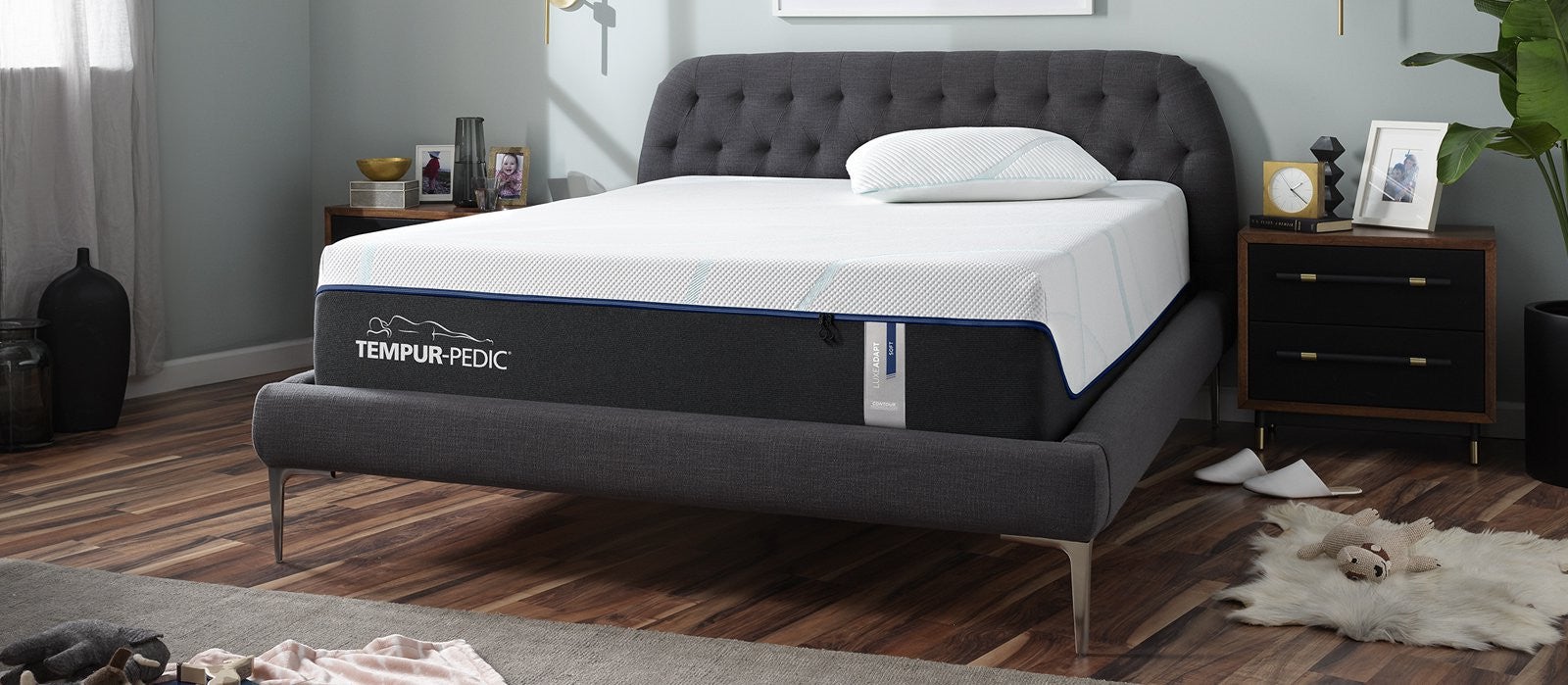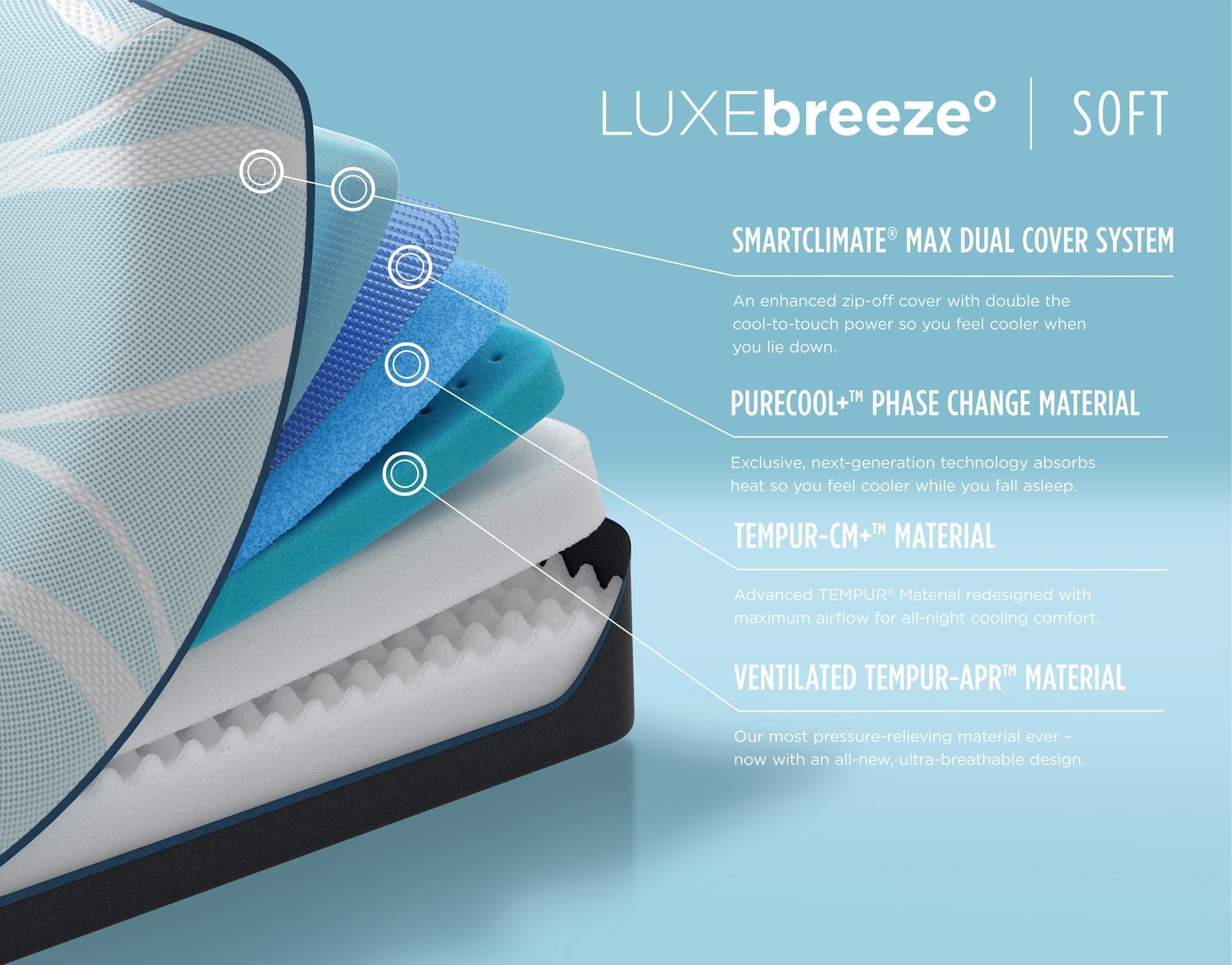Tempur-Pedic mattresses have gained a lot of popularity in recent years due to their ability to provide a comfortable and supportive sleep experience. However, many people are still confused about the materials used in these mattresses. One common question is whether Tempur-Pedic mattresses are made of latex. In this article, we will explore the composition of Tempur-Pedic mattresses and determine whether they contain any latex.Tempur-Pedic Mattresses: Are They Made of Latex?
Tempur-Pedic mattresses are made using a special type of foam called memory foam. This foam is designed to contour to the shape of your body, providing support and pressure relief. However, there are different types of memory foam, and not all of them are used in Tempur-Pedic mattresses. The main material used in Tempur-Pedic mattresses is a proprietary type of memory foam called TEMPUR. This foam is designed to adapt to your body's individual shape, weight, and temperature, providing personalized comfort and support. This material is what sets Tempur-Pedic mattresses apart from other memory foam mattresses on the market.What Materials Are Used in Tempur-Pedic Mattresses?
Now that we know the main material used in Tempur-Pedic mattresses, let's take a closer look at their composition. In addition to TEMPUR foam, these mattresses also contain a layer of high-density polyfoam for added support and durability. Some models may also include a layer of cooling gel foam to regulate body temperature and prevent overheating during sleep. It's important to note that not all Tempur-Pedic mattresses are the same. They come in different models and firmness levels, each with its own unique composition. Some models may have more layers of foam, while others may have different types of foam. Therefore, it's essential to do your research and try out different models to find the one that best suits your needs.Understanding the Composition of Tempur-Pedic Mattresses
Now that we have a better understanding of what materials are used in Tempur-Pedic mattresses, let's compare them to latex mattresses. Latex is a natural material derived from the sap of rubber trees. It's known for its elasticity and ability to provide pressure relief and support. However, latex mattresses are quite different from memory foam mattresses. Memory foam mattresses, such as Tempur-Pedic, are designed to contour to your body's shape and provide a cradling sensation. In contrast, latex mattresses are more responsive and provide a slight bounce. They also have a faster response time, meaning they quickly adjust to your movements, while memory foam may take a few seconds to do the same.Latex vs. Memory Foam: What's the Difference?
If you have allergies, you may be wondering whether Tempur-Pedic mattresses are a good choice for you. The good news is that these mattresses are considered hypoallergenic. The TEMPUR foam used in Tempur-Pedic mattresses is resistant to dust mites and mold, making it a great option for those with allergies or asthma. However, it's important to note that some people may be sensitive to the materials used in Tempur-Pedic mattresses. If you have a latex allergy, you may want to avoid models that contain a layer of cooling gel foam, as it may contain a small amount of natural latex. Overall, Tempur-Pedic mattresses are a safe and comfortable choice for those with allergies.Are Tempur-Pedic Mattresses Allergy-Friendly?
While Tempur-Pedic mattresses do not contain latex, it's still worth mentioning the benefits of this natural material. Latex is known for its durability, as it can last up to 20 years with proper care. It's also resistant to dust mites and mold, making it a great option for those with allergies. In addition, latex mattresses provide excellent support and pressure relief. They can contour to your body's shape, providing targeted support to your pressure points. Latex is also a breathable material, allowing for better air circulation and temperature regulation during sleep.Exploring the Benefits of Latex in Mattresses
To understand why Tempur-Pedic mattresses do not contain latex, it's essential to know how they are made. The production process for TEMPUR foam involves a unique blend of viscoelastic polymers and other materials. This foam is then poured into a mold and baked, creating the signature supportive and comfortable material used in Tempur-Pedic mattresses. On the other hand, latex mattresses are made using a different process. The sap of rubber trees is whipped into a froth, poured into molds, and then heated to create the final product. As you can see, the production processes for these two materials are quite different, which is why they have distinct qualities and properties.How Tempur-Pedic Mattresses Are Made
Now that we have a better understanding of the materials used in Tempur-Pedic mattresses and latex mattresses let's compare the two. Both materials offer excellent support and pressure relief, making them great options for those with back pain or joint issues. However, memory foam mattresses, such as Tempur-Pedic, may be a better choice for those who prefer a more cradling and contouring feel. On the other hand, latex mattresses may be a better option for those who want a more responsive and bouncy feel. Ultimately, the choice between the two will come down to personal preference and individual needs.Comparing Latex and Memory Foam Mattresses
While Tempur-Pedic mattresses do not contain latex, the company does offer a hybrid model that combines TEMPUR foam with a layer of natural latex. This model is known as the Tempur-Luxebreeze, and it's designed to provide the best of both worlds - the support and comfort of TEMPUR foam with the responsiveness and breathability of latex. So, while latex is not a primary material in Tempur-Pedic mattresses, it's still used in some models to enhance the sleep experience further. However, if you have a latex allergy, you may want to avoid this particular model and opt for one that is entirely latex-free.The Role of Latex in Tempur-Pedic Mattresses
Tempur-Pedic mattresses are undoubtedly an investment. They come at a higher price point compared to other mattresses on the market. However, many people swear by the comfort and support provided by these mattresses and believe they are worth the cost. If you struggle with back pain, joint pain, or have trouble getting a good night's sleep, a Tempur-Pedic mattress may be worth the investment. Additionally, these mattresses come with a 10-year warranty, so you can rest assured that you are making a long-term purchase that will provide you with many years of comfortable sleep.Are Tempur-Pedic Mattresses Worth the Investment?
The Truth About Tempurpedic Mattresses and Latex
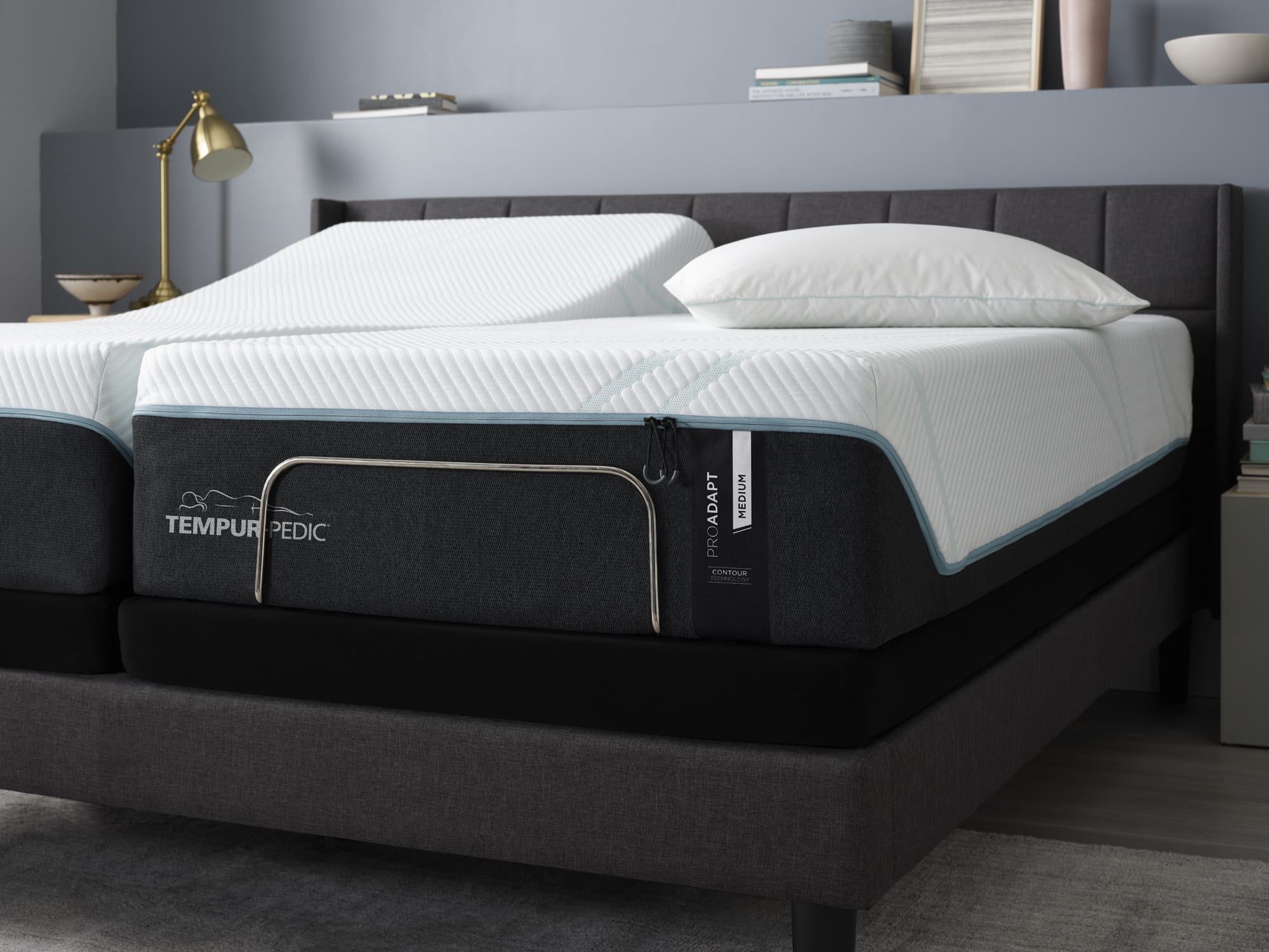
The Popularity of Tempurpedic Mattresses
 When it comes to mattresses, there are countless options to choose from. However, one brand that has gained immense popularity in recent years is Tempurpedic. Known for their use of advanced memory foam technology, Tempurpedic mattresses offer a comfortable and supportive sleep experience. But amidst all the hype, many people wonder:
are Tempurpedic mattresses made of latex?
When it comes to mattresses, there are countless options to choose from. However, one brand that has gained immense popularity in recent years is Tempurpedic. Known for their use of advanced memory foam technology, Tempurpedic mattresses offer a comfortable and supportive sleep experience. But amidst all the hype, many people wonder:
are Tempurpedic mattresses made of latex?
The Composition of Tempurpedic Mattresses
 While Tempurpedic mattresses are known for their use of memory foam, they are not made entirely of this material. In fact, Tempurpedic mattresses are made up of three main layers: a support layer, a comfort layer, and a cooling layer. The support layer is typically made of high-density polyfoam, while the comfort layer is made of memory foam. As for the cooling layer, this is where latex comes into play.
While Tempurpedic mattresses are known for their use of memory foam, they are not made entirely of this material. In fact, Tempurpedic mattresses are made up of three main layers: a support layer, a comfort layer, and a cooling layer. The support layer is typically made of high-density polyfoam, while the comfort layer is made of memory foam. As for the cooling layer, this is where latex comes into play.
The Role of Latex in Tempurpedic Mattresses
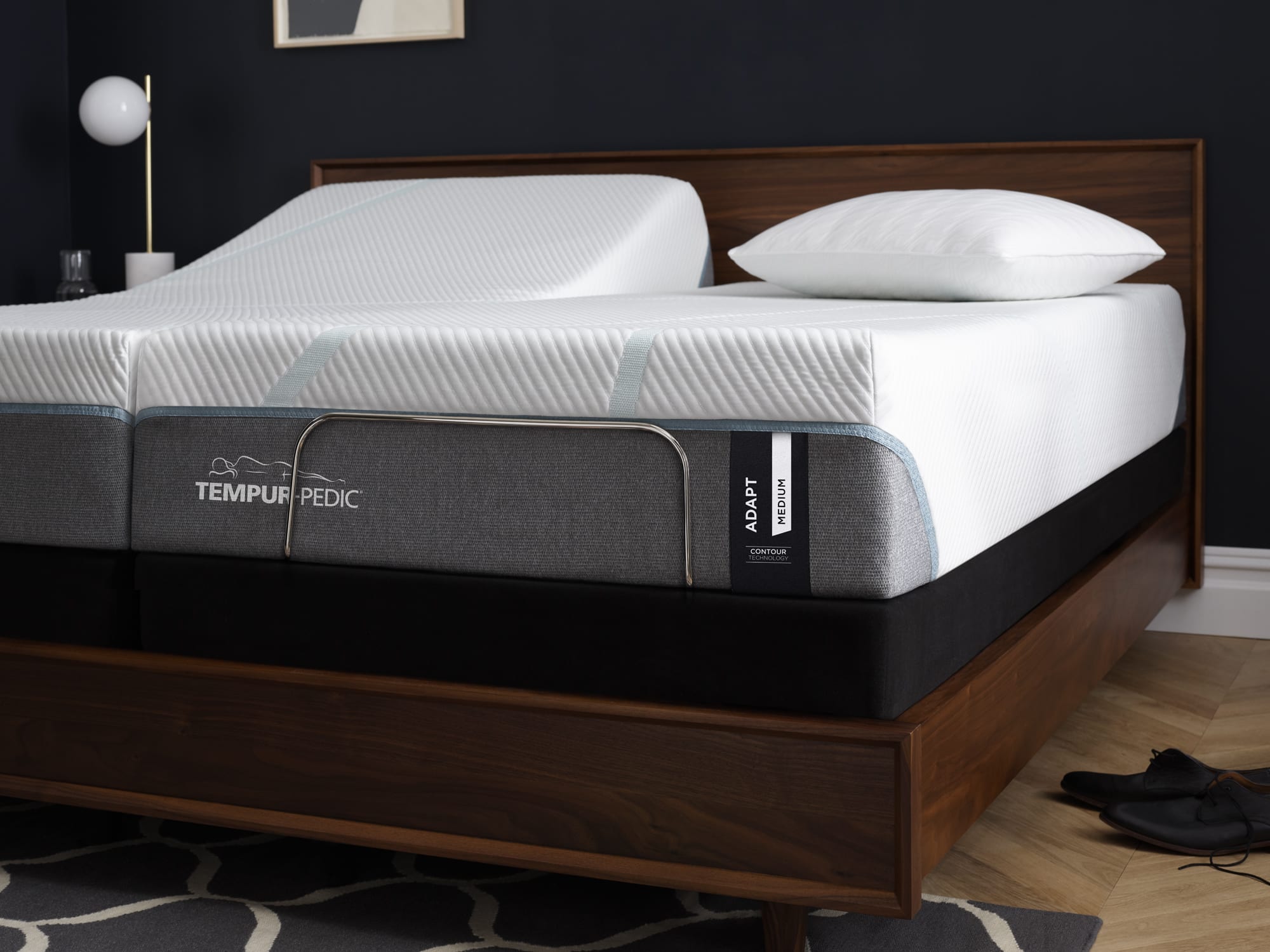 So, are Tempurpedic mattresses made of latex? The answer is yes and no. While the majority of the mattress is made of foam, the cooling layer is made of latex. This layer is designed to provide a cool and comfortable sleeping surface, as latex is known for its breathability and temperature regulation properties. In addition to this, the latex layer also adds an extra level of support, making for a more well-rounded sleep experience.
So, are Tempurpedic mattresses made of latex? The answer is yes and no. While the majority of the mattress is made of foam, the cooling layer is made of latex. This layer is designed to provide a cool and comfortable sleeping surface, as latex is known for its breathability and temperature regulation properties. In addition to this, the latex layer also adds an extra level of support, making for a more well-rounded sleep experience.
The Benefits of Latex in Tempurpedic Mattresses
 As mentioned, latex offers several benefits to Tempurpedic mattresses. Its temperature-regulating properties make it a great choice for hot sleepers, as it helps to dissipate heat and keep the mattress cool. Latex is also known for its durability and hypoallergenic properties, making it a great choice for those with allergies. Additionally, the extra support provided by the latex layer can help alleviate pressure points and provide better spinal alignment.
As mentioned, latex offers several benefits to Tempurpedic mattresses. Its temperature-regulating properties make it a great choice for hot sleepers, as it helps to dissipate heat and keep the mattress cool. Latex is also known for its durability and hypoallergenic properties, making it a great choice for those with allergies. Additionally, the extra support provided by the latex layer can help alleviate pressure points and provide better spinal alignment.
In Conclusion
 While Tempurpedic mattresses are primarily made of foam, the addition of a latex layer in their cooling layer sets them apart from other memory foam mattresses. This combination of materials results in a comfortable, supportive, and temperature-regulating sleep experience. So, if you're considering investing in a new mattress, rest assured that
Tempurpedic mattresses are indeed made of latex, along with other high-quality materials.
While Tempurpedic mattresses are primarily made of foam, the addition of a latex layer in their cooling layer sets them apart from other memory foam mattresses. This combination of materials results in a comfortable, supportive, and temperature-regulating sleep experience. So, if you're considering investing in a new mattress, rest assured that
Tempurpedic mattresses are indeed made of latex, along with other high-quality materials.
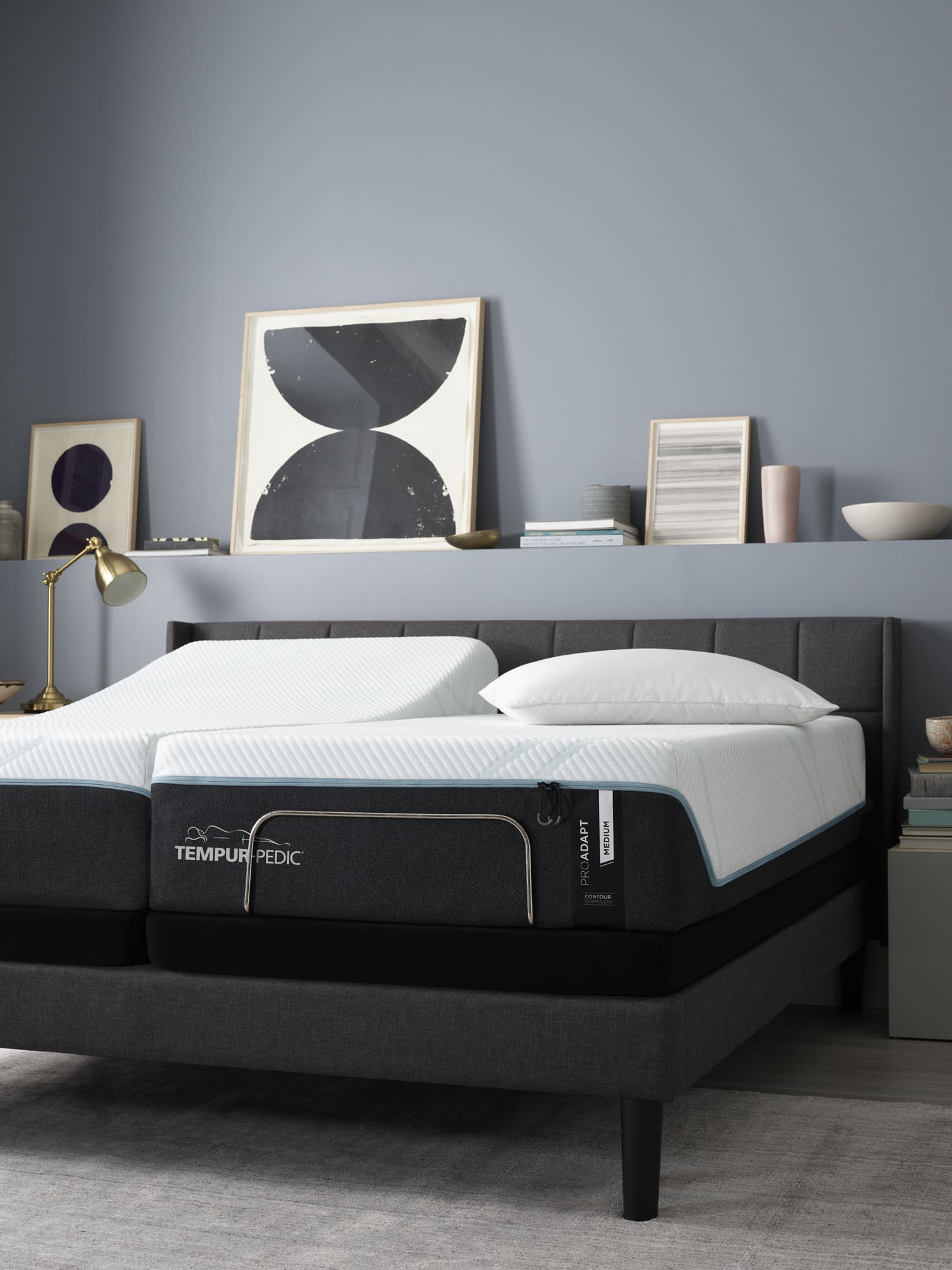


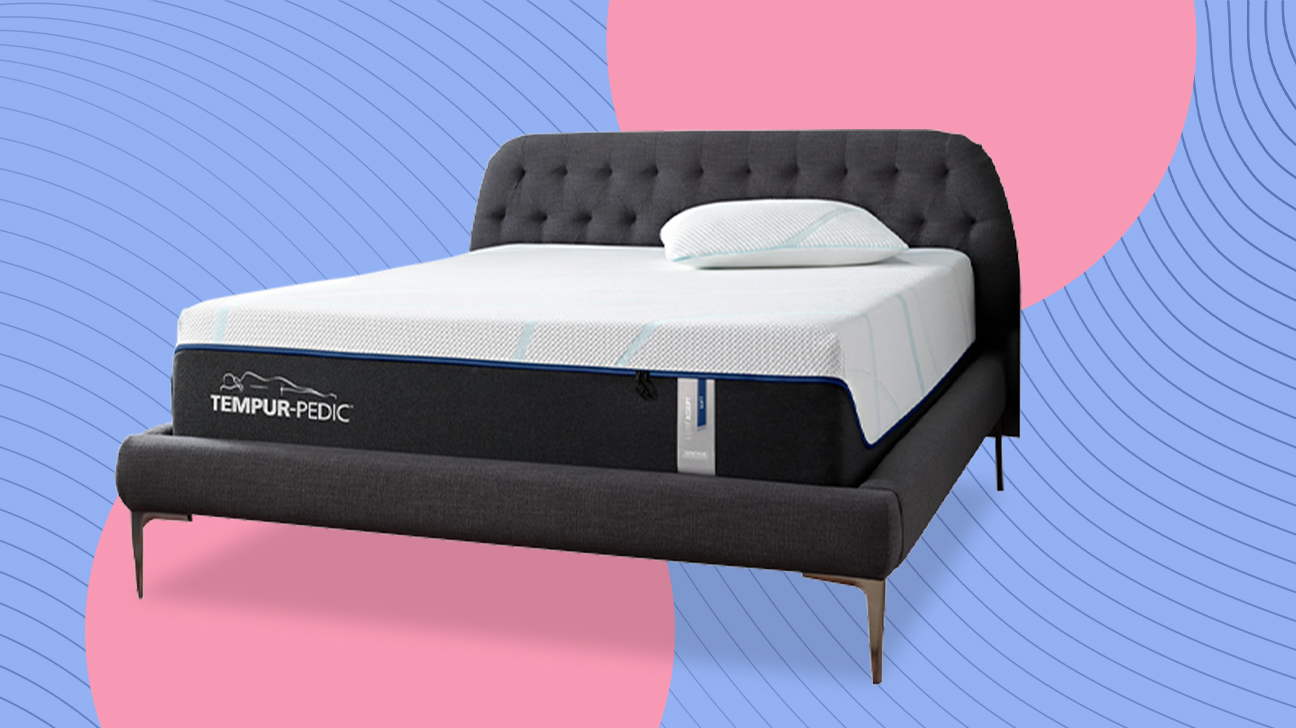
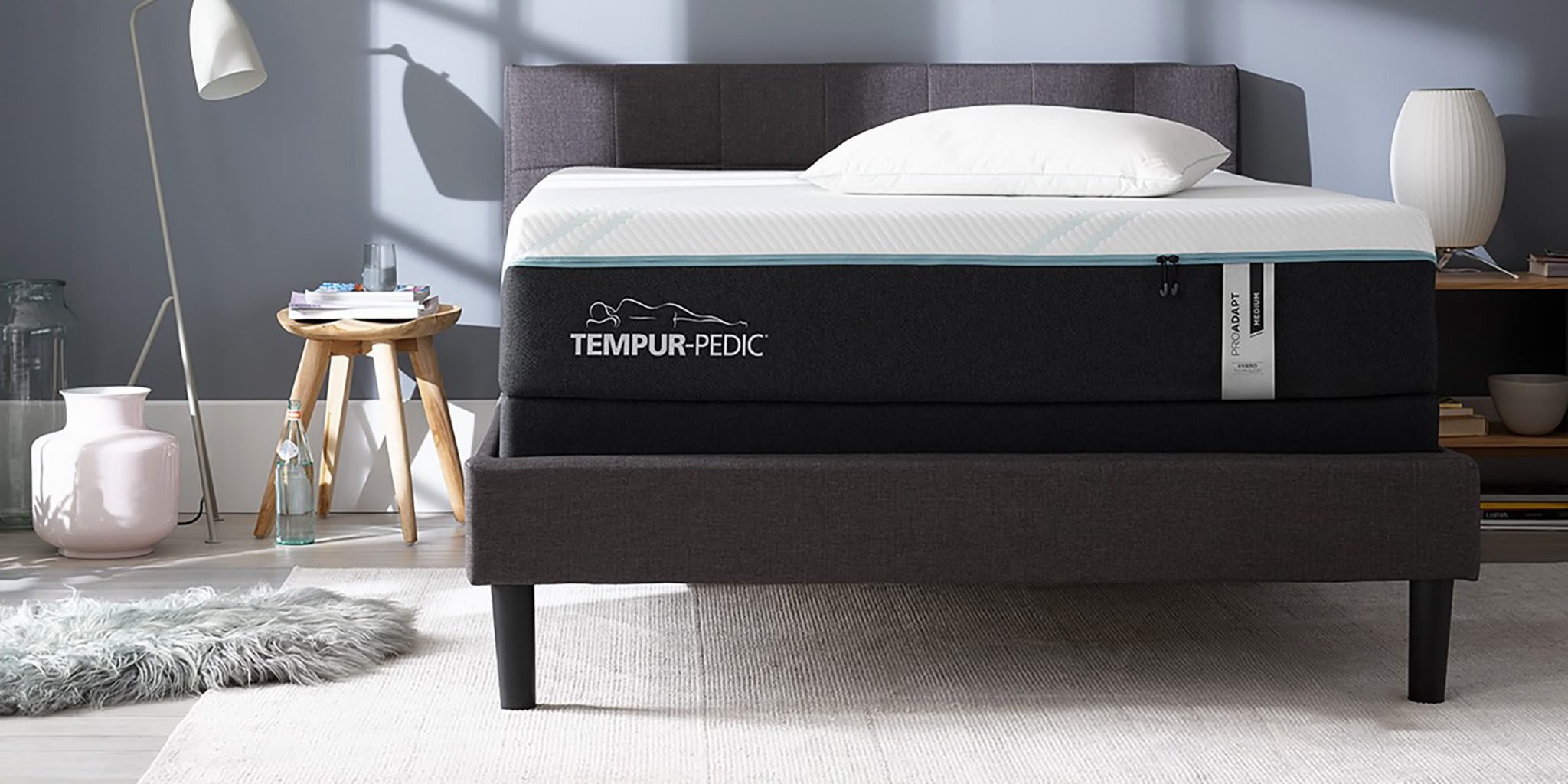



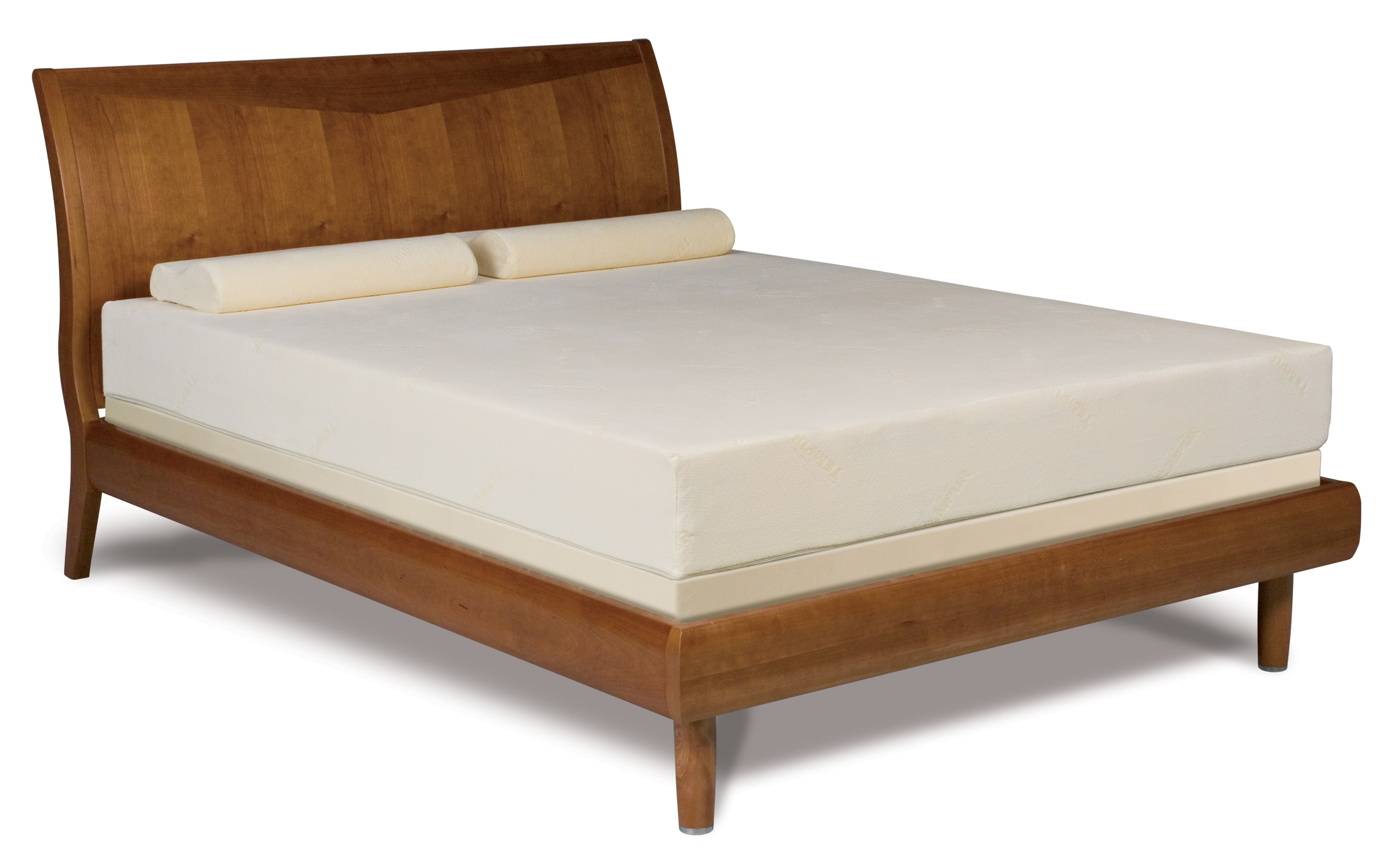

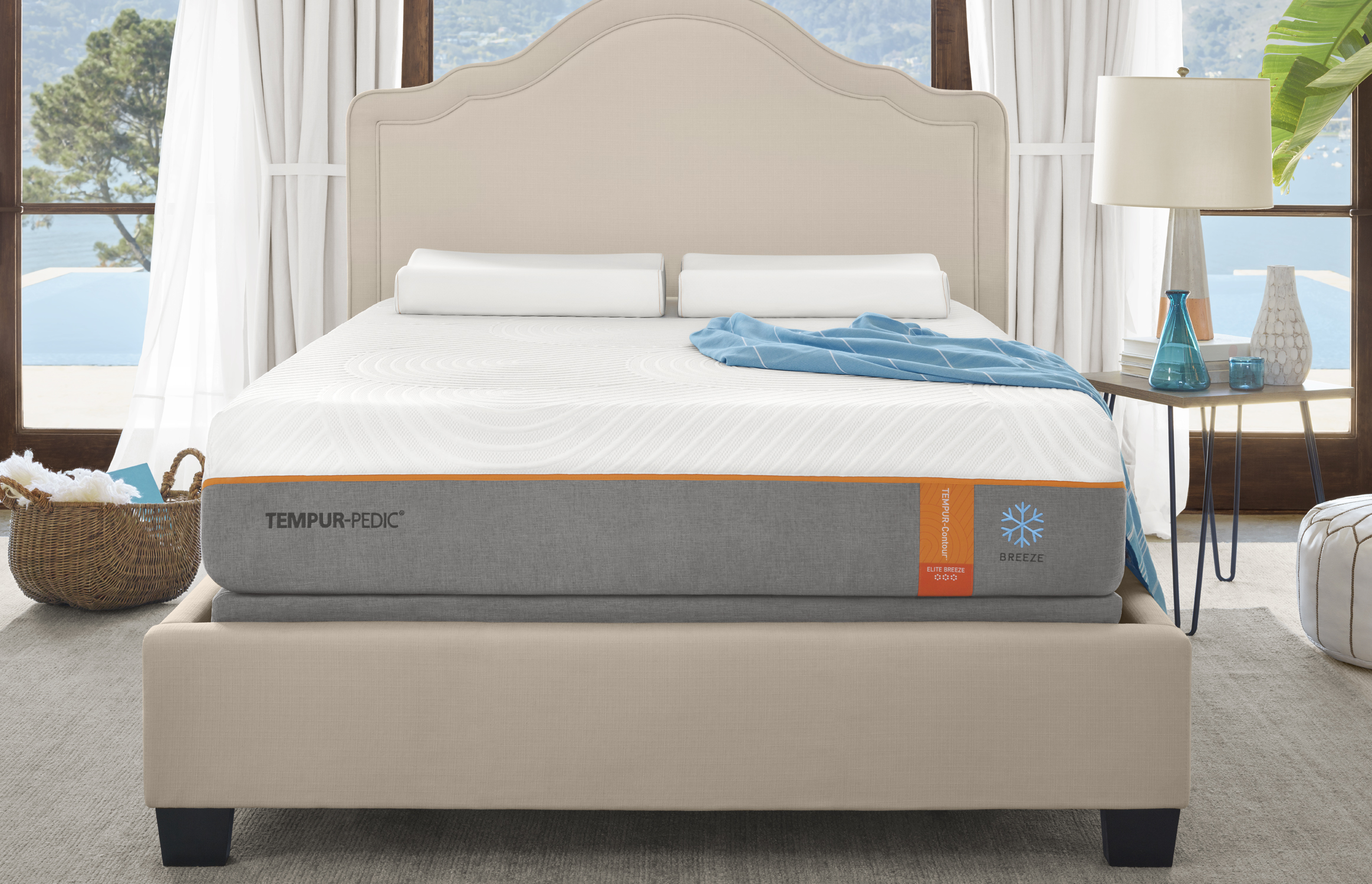





/tempurpedic-59aefa5f845b3400118472b9.jpg)
